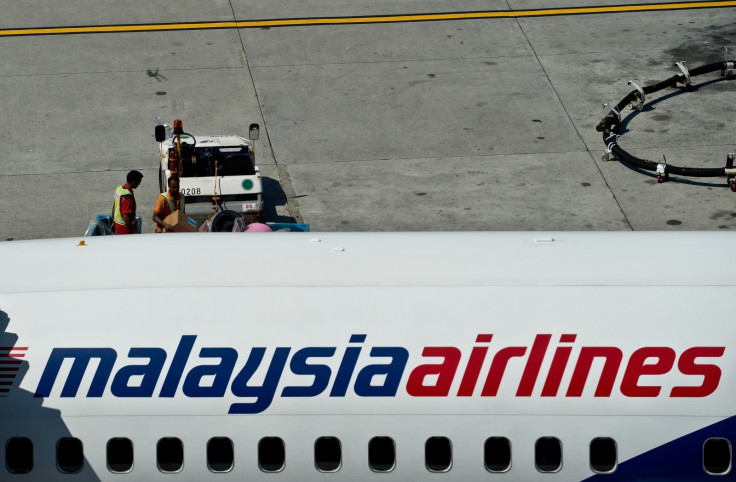Malaysia Airlines MH370: Australian Scientist Says Missing Aircraft Can be Found by Tracking Contrails

An Australian scientist has claimed it is possible to find missing Malaysia Airlines flight MH370 by examining cloud changes for evidence of vapour trails that form behind aircraft.
Aron Gingis, head of the Australian environmental consultancy company Management Consolidated who specialises in cloud microphysics, told Au News that the process has previously been used to locate shipwrecks in the northern Pacific Ocean.
So-called "ship trails" were found by tracking changes in cloud microphysics caused by the emissions of vessels in the water, using archived satellite data.
Gingis proposed using the contrails (short for condensation trails) technology to top Malaysian, Chinese and Australian authorities a month after the aircraft vanished on 8 March. The aircraft was travelling from Kuala Lumpur to Beijing, with 239 passengers on board. However, his idea was rejected.
"I believe that we have a realistic chance to follow the flight path of Malaysia Airlines MH370 and follow its flight direction, possibly identifying its landing or crash site," Gingis wrote to the Malaysian High Commissioner Eldeen Husaini at the beginning of April.
"I would be required to fly to Kuala Lumpur and to have a detailed briefing with Malaysia search and rescue authorities in order to be able to identify and search for specific satellite availability and all satellite data imagery frames that we can analyse using our cloud microphysics algorithms," he said.
"I believe that we will be able to utilise our expertise and identify the flight pass of MH370 and then to direct the search and rescue authorities to save or recover MH370 passengers."
Gingis said he offered to do the preliminary research for $17,500 (£10,900). The Australian government is currently spending $100m on the process of mapping the unchartered seabed of the southern Indian Ocean, which has so far been unsuccessful.
Gingis said Husaini emailed him stating his proposal has been passed on to officials, but received another email at the end of April with a rejection.
At the end of May, Gingis sent his proposal to the Australian Transport and Safety Bureau (ATSB), which is leading the search for the missing Boeing 777.
According to Au News, the ATSB responded with a list of questions, which Gingis refused to answer without being under contract for fear of compromising commercial and security interests. The ATSB confirmed this information was correct, and that investigators were not examining the airliner's vapour trails.
"The ATSB asked for details of the techniques that Mr Gingis proposed to use, however Mr Gingis refused to provide information for consideration as he believed it could be detrimental to his commercial interests," a statement from the ATSB said.
"The ATSB has worked closely with Australian government agencies with expertise in the analysis of satellite imagery and has fed the results into its assessment of priority search areas.
"The ATSB remains confident in the analysis work undertaken by the international experts of the Satellite Working Group and the validity of the satellite communications data on which that group has relied."
The news comes shortly after the CEO of the airline Emirates, which has the largest fleet of Boeing 777s in the world, dismissed the ATSB's investigation and said MH370 might not be in the southern Indian Ocean.
Sir Tim Clark said the ATSB's conclusion that the airliner flew south for five hours before ending flight in the ocean was "suspicious".
© Copyright IBTimes 2025. All rights reserved.





















